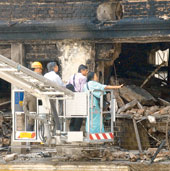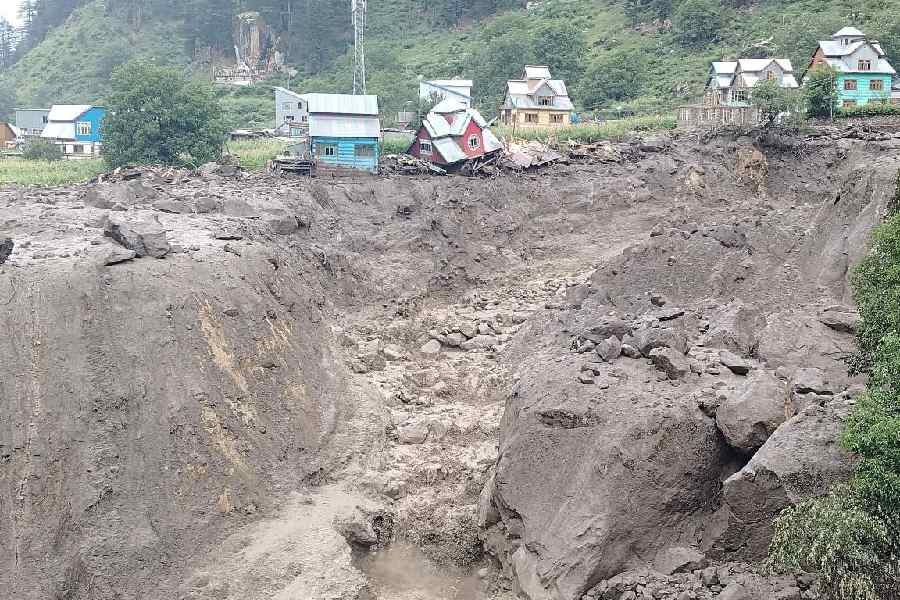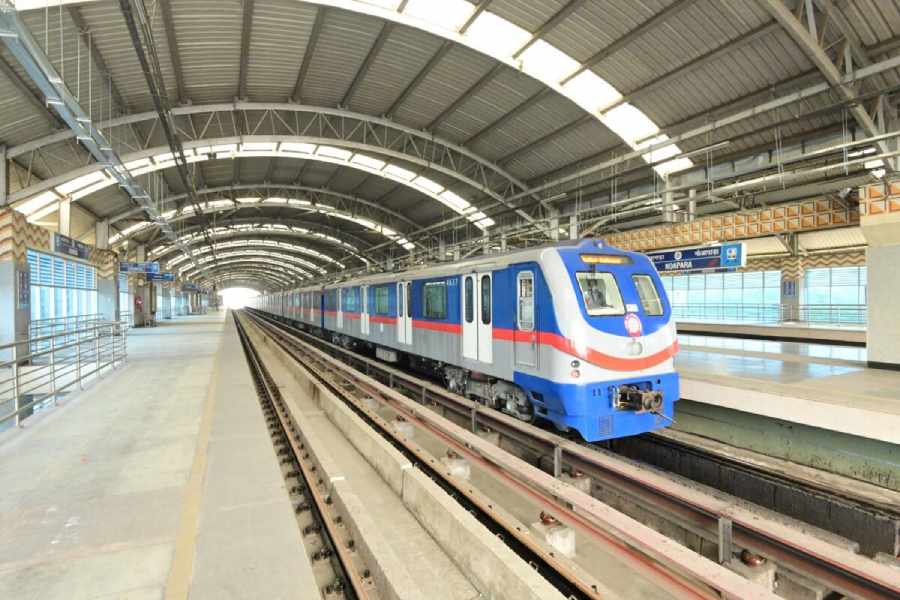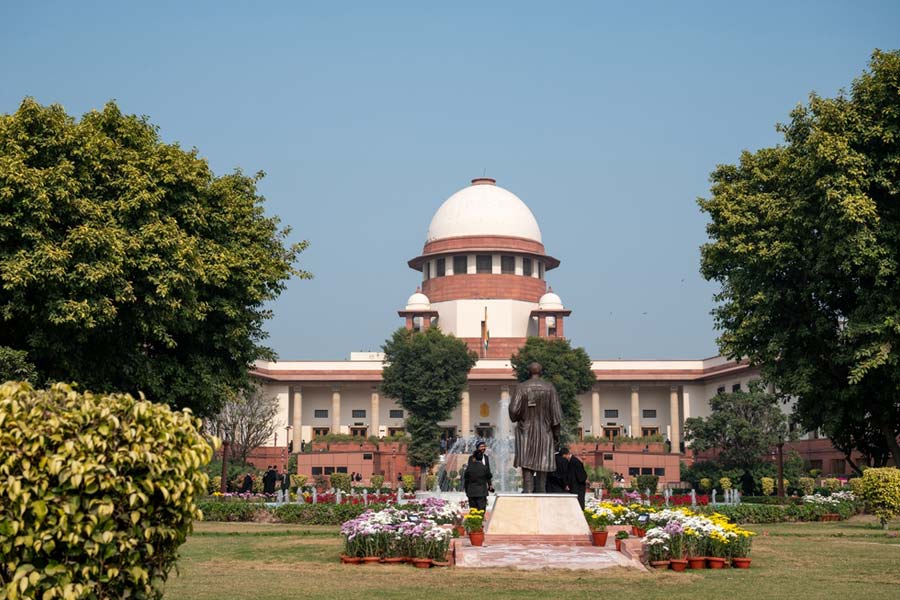 |
| A forensic team inspects the ravaged portions of Stephen Court on Wednesday. (Amit Datta) |
We have passed by it a million times, dined, shopped and made merry at its landmark fun zones, visited friends living or working there. Yet, how much do we really know about Stephen Court?
Metro drums out a ready-reckoner the day after the devastating fire
Who is Stephen Court named after?
Arathoon Stephen, who is mentioned as the lease-holder for the property at 18A Park Street in the city’s civic records dating back to World War I.
Who was Arathoon Stephen?
Born in Iran in 1861, Arathoon Stephen was a member of the Armenian community in Calcutta, which is believed to have spent a huge amount of money in shaping the growth of the city.
Stephen was a shareholder and the first managing director of Stephen Court Ltd. He founded the Grand hotel in Calcutta and the Everest hotel in Darjeeling, which also saw a devastating fire.
The Everest hotel is now known as the Swiss Hotel. Stephen lived at 2 Camac Street and was known as a patron of education and art. He died in May 1927.
Who was the owner of the land on which Stephen Court was built?
Peter Charles Earnest Paul was the owner of the land — measuring 3 bigha 17 cottah and 8 chhatak — located at the junction of Park Street and Middleton Row.
Documents available in the central record room of the Calcutta Municipal Corporation name PCE Paul as the “official trustee” of 18A Park Street.
What stood on plot 18A before Stephen Court came up?
 |
| A civic map of Park Street dating back to 1910 shows a smaller, three-storeyed building at the spot where Stephen Court stands today |
A map of the area dating back to 1910 (see right) show a small, three-storeyed building on the plot. Later, civic records of August-September 1917 mention a single-storeyed building comprising one shop.
PCE Paul is named as the owner of the plot and Arathoon Stephen as the lease-holder and occupier.
When was Stephen Court built?
Stephen Court Ltd was registered under the Companies Act, 1913, in December, 1923. The company constructed a building comprising three floors on the plot in 1924.
The usage was mixed (residential and commercial). There was, however, no differentiation in civic rules regarding residential and commercial establishments back then.
When were the upper storeys added?
In the 1930s, a fourth floor was added to Stephen Court, without the necessary civic sanctions. Around 1984, two more storeys were added illegally.
What happened to the illegal floors?
In 1984, the CMC slapped a notice on the Stephen Court authorities about the three illegal floors. The same year a hearing was held at the CMC and all three floors were “regularised” after the building authorities paid the necessary penalty.
What about fire clearance?
In 1984, according to the civic rules, any building higher than 18 metres required a clearance from the fire department. After the addition of the three floors, Stephen Court had crossed the 18m mark.
However, owing to a loophole in the law, it didn’t have to obtain the fire department’s clearance as buildings that were regularised could skip this requirement.
How many floors is the building now?
According to civic records, Stephen Court has seven floors. That is because a mezzanine floor was added between the ground and first floors. The date of this addition is, however, not known.











